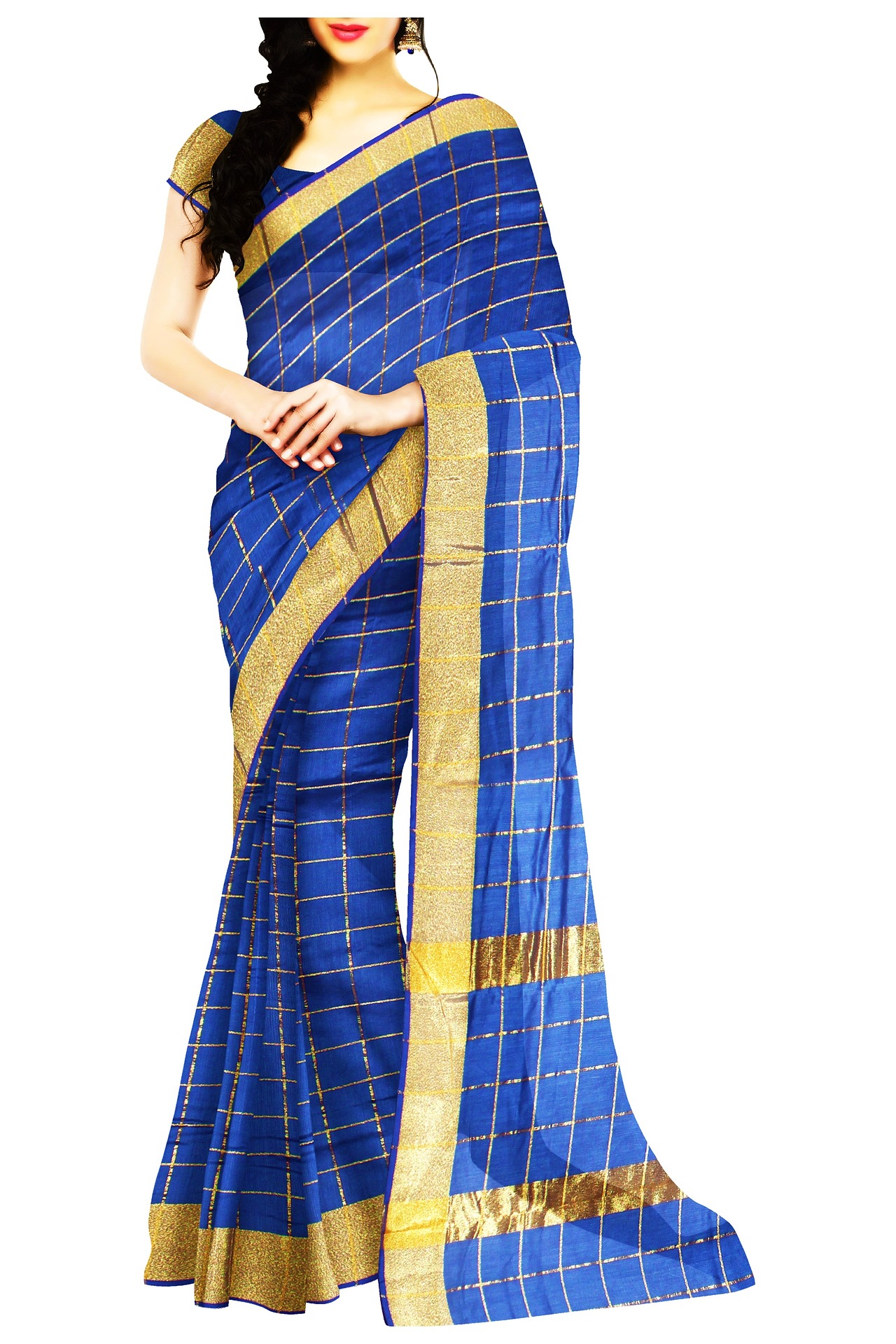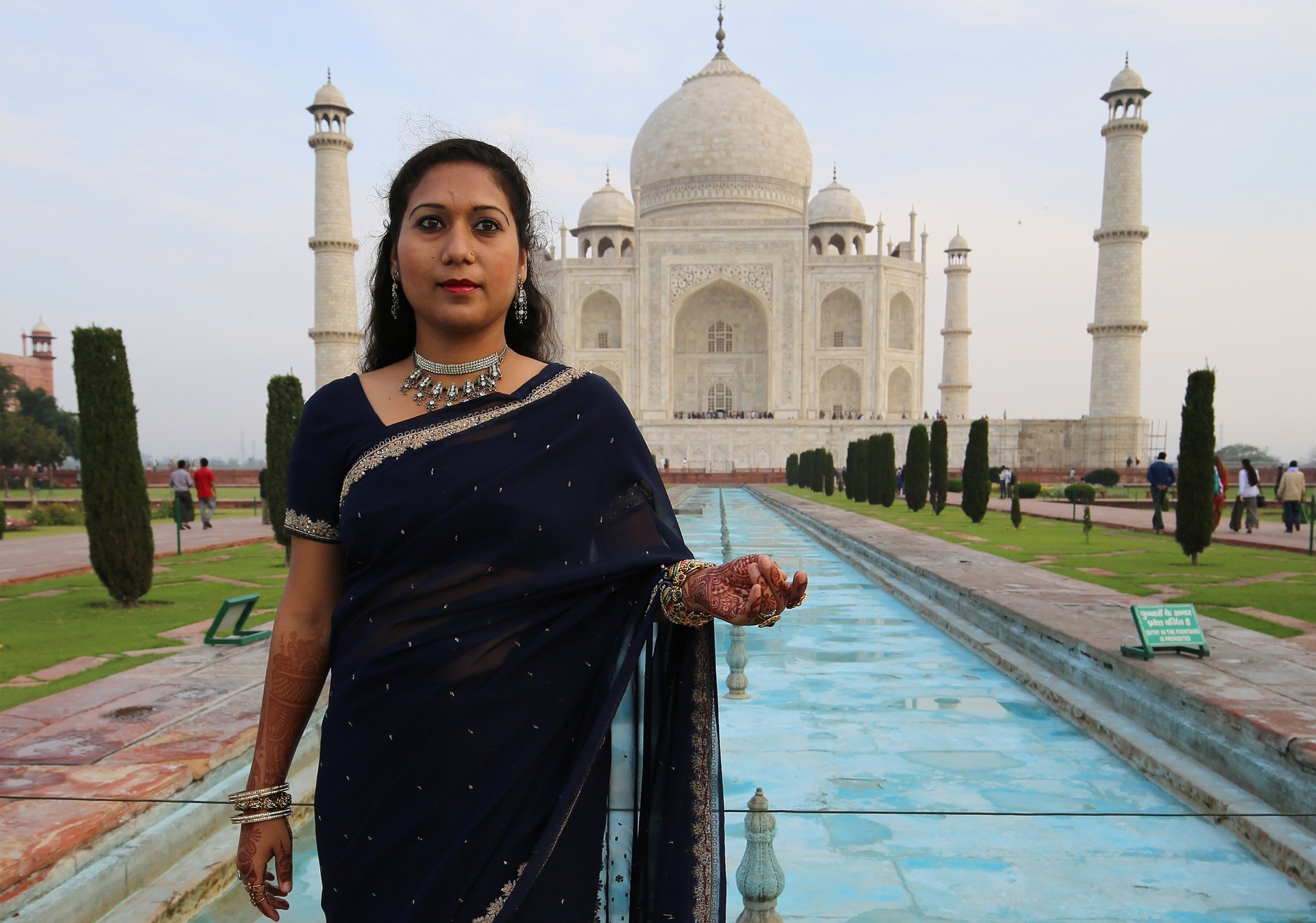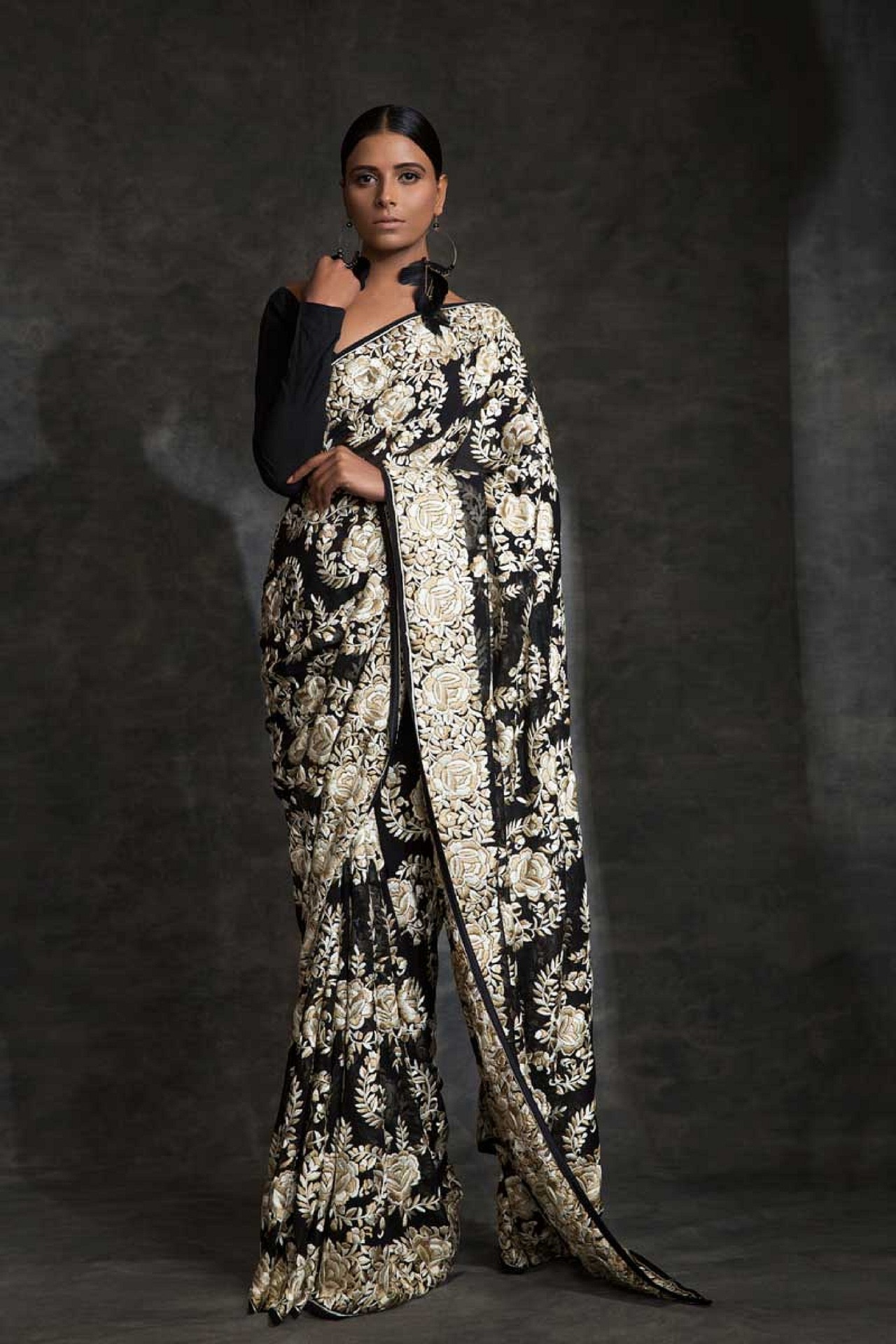It would be very predictable to start by saying that saree is India’s unique and most-loved garment admired by fashionistas around the world.This existence of this attire is deeply-rooted in our heritage. In India, saree is worn by women of all religions, regions and cultures. What differs is the style of draping the saree from one region to another.
Learning how to design a saree is an important part of fashion design classes in India. The best part of saree is that it gives a huge scope to experiment in designing, including embroidery, art work and combining it with accessories. In modern times, they are even part of Indo-Western fusion wear. These days it is being worn in combination with western outfits like jackets.
With so many ways of wearing saree prevalent in India, a good amount of study is dedicated to this attire in fashion designing courses. Young designers are working hard every day to create new ways in which women can perceive the saree.
The 6-yard cloth is available in a diverse variety and is suitable for every body type. According to the method of wearing the saree, there are different lengths and fabrics used. When you learn to make garments at fashion designing institutes, you will be able to learn the differences as part of the curriculum.
Now, we will look at the different ways of wearing a saree through which you will be able to realise the versatility of the Indian garment.
The Nivi Drape
Nivi drape is a draping style of Andhra Pradesh. The skirt-like part of the lower body is actually called the “Nivi Bandha”. Draping in this style is simple and makes the wearer comfortable in the attire.
The Nauvari Saree
The Nauvari saree is a 9-yard saree, that is draped uniquely. The lower part is worn like a dhoti while the upper portion is worn like a saree. The draping style is well-known for making movement easy and elegant.
The Seedha Pallu
This is the saree draping style practiced majorly in Gujarat, Rajasthan and Uttar Pradesh. Resembling a lehenga choli, the saree’s pallu or the top portion is worn like a dupatta. With this style, even the heavy sarees can be comfortably worn. The pallu that comes in the front can even display embroidery and artwork effectively.
The Gol Saree
The typical Parsi way of draping a saree, the Gol saree is a style practiced with georgette or chiffon saree. Here, the pallu is taken from behind to be draped over the blouse. The pallu here is called the Gara.
The Madisaru Drape
This draping style from Tamil Nadu, the Madisaru is largely the contribution of the Iyer and Iyengar culture in the state. Like the Nauvari, here too, the saree is draped like dhoti below the waist and like a saree on the top half. This is said to be the toughest method of draping a saree. If you know this style well, you can even save the wearer the need of wearing a blouse and petticoat!
There are a lot more saree draping styles that can be mastered with the right guidance. In any style, the grace and the charm a saree can provide is simply incomparable.




